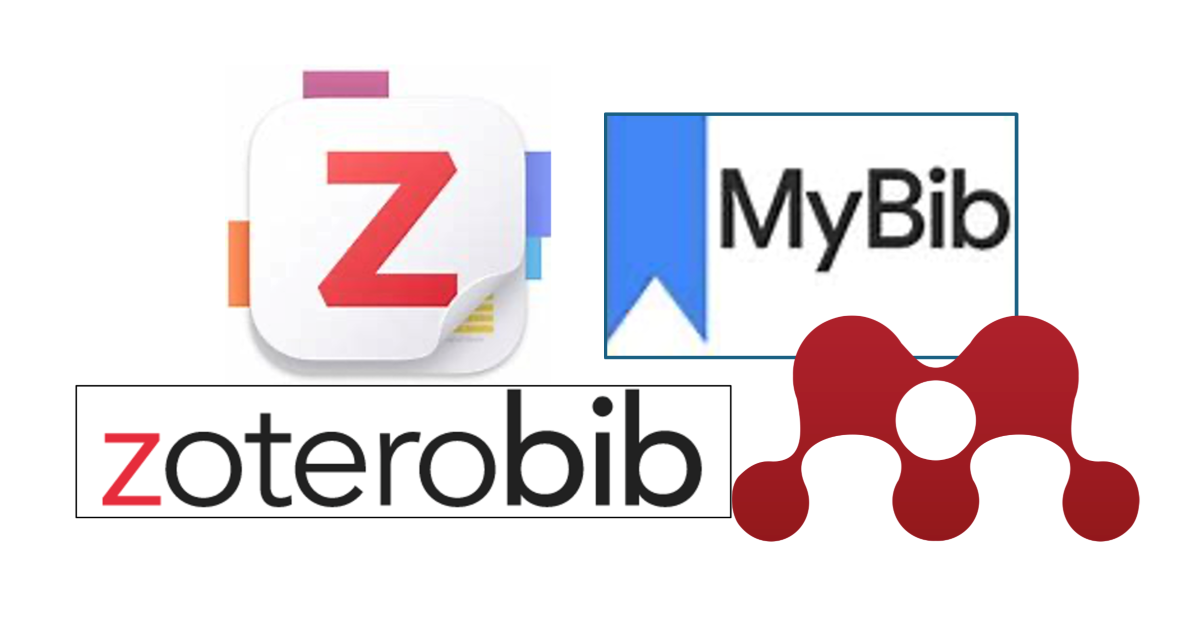Using ‘et al’ in Cranfield Author-date style referencing
30/05/2017

Academic writing is full of idiosyncrasies, one of which being the Latin abbreviation ‘et al’. The term et al means ‘and others’ and is often used in academic literature to abbreviate a list of authors’ names. For this reason, using et al in your in-text citation allows your references to be shorter. It also helps them appear tidier if you are referring to the same citation numerous times in your work.
Whether or not you can use et al is determined by the number of authors in your citation. Where you have three or fewer authors, you will need to list all the authors in both your in-text citation and reference list.
However in the Cranfield author-date style, when a source has four or more authors you can list the first author followed by et al. in your in-text citation. In your reference list however, you will need to list all of the authors (even if there are 20 or more of them!).
Here’s an example with three or fewer authors:
In-text citation (author-date style):
Macdonald, Kleinaltenkamp and Wilson (2016)
Reference:
Macdonald, E. K., Kleinaltenkamp, M. and Wilson, H. N. (2016) ‘How business customers judge solutions: Solution quality and value in use’, Journal of Marketing, 80 (3), pp. 96-120.
… and with four or more authors:
In-text citation (author-date style):
Baines et al. (2014)
Reference:
Baines, P., Crawford, I., O’Shaughnessy, N., Worcester, R. and Mortimore, R. (2014) ‘Positioning in political marketing: How semiotic analysis adds value to traditional survey approaches’, Journal of Marketing Management. 30 (1-2), pp. 172-200.
For more information on referencing, including our guides to both, check out the referencing support page on the MIRC webpages.
As always, if you have any questions about referencing, please contact MIRC or the Kings Norton Library.
Public domain image by Pixabay https://pixabay.com/en/books-bookstore-book-reading-shop-1204029/, CC0
Categories & Tags:
Leave a comment on this post:
You might also like…
Meet Mendeley: a powerful referencing tool that does the hard work for you!
Are you looking for a way to manage your references, create in-text citations and reference lists for your assignments or thesis? If so, you may wish to consider using Mendeley. What is it? Mendeley is ...
Adding documents to your Mendeley account
To make the most of a Mendeley account, it is useful to create and maintain a ‘Library’ of references. You can add references and documents to this Library in a number of ways: 1) Drag ...
Choosing the right reference management tool for you…
Are you thinking about using reference management software to help you manage your references? The Library is here to help you. While Mendeley has been our go-to reference management software for some years, we've recently ...
Cranfield Seed Fund recipient, Cosysense, are using AI to solve air conditioning problems and provide a net zero alternative
If you’ve ever worked in an office environment you’ve probably been involved in, or overheard, a conversation about the air conditioning. Well, it’s no surprise it’s a common complaint when research shows that up ...
An Eye-Opening Journey in Advanced GIS & Remote Sensing at Cranfield University
My experience in the Advanced GIS and Remote Sensing course at Cranfield University was nothing short of transformational. From day one, the course was designed to provide both technical expertise and real-world applications. What ...
EBSCO databases – User interface changes
EBSCO has recently introduced a new user interface which you will see when you access any of our EBSCO databases - Business Source Complete, EBSCO eJournals and eBooks, GreenFILE, PsycARTICLES and PsycINFO. If you've used ...






